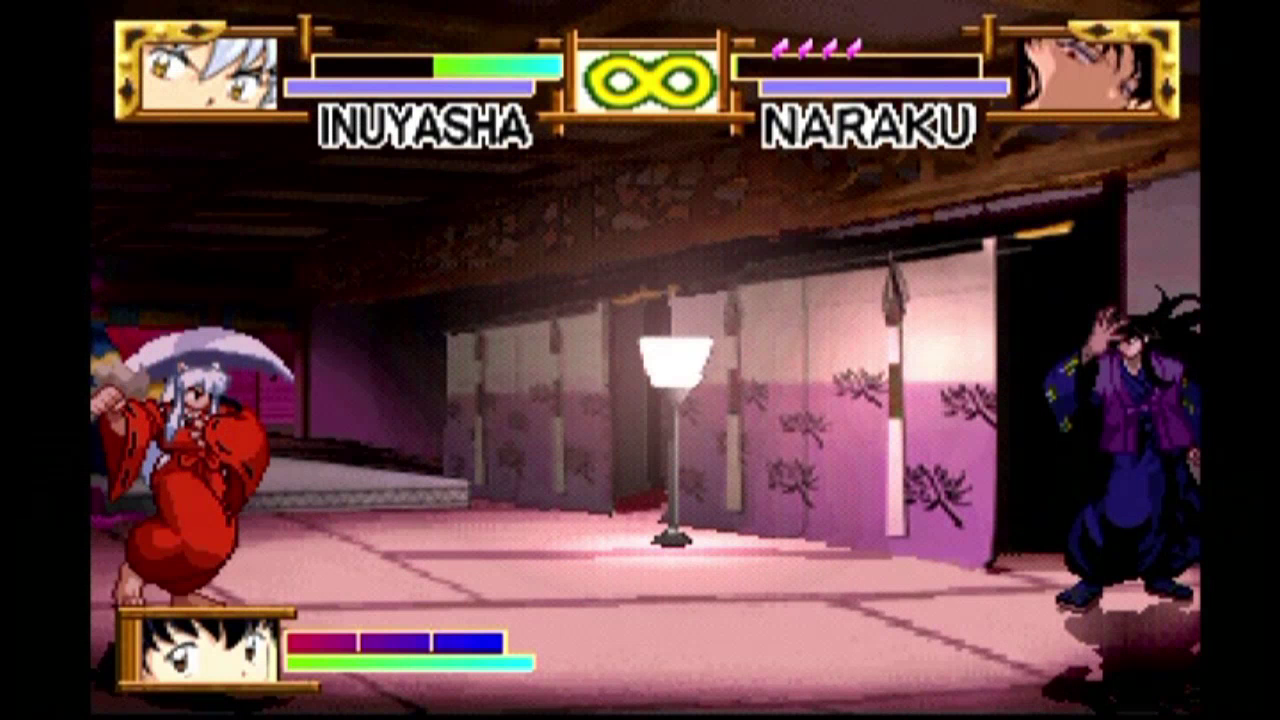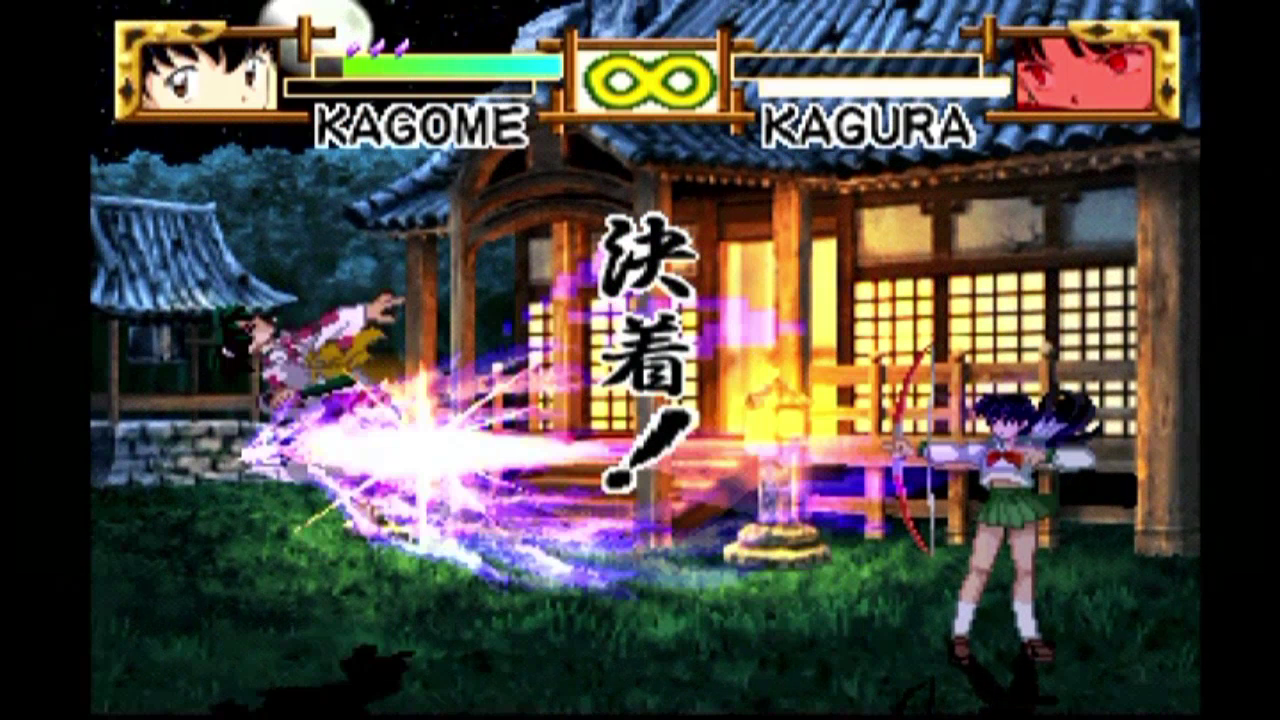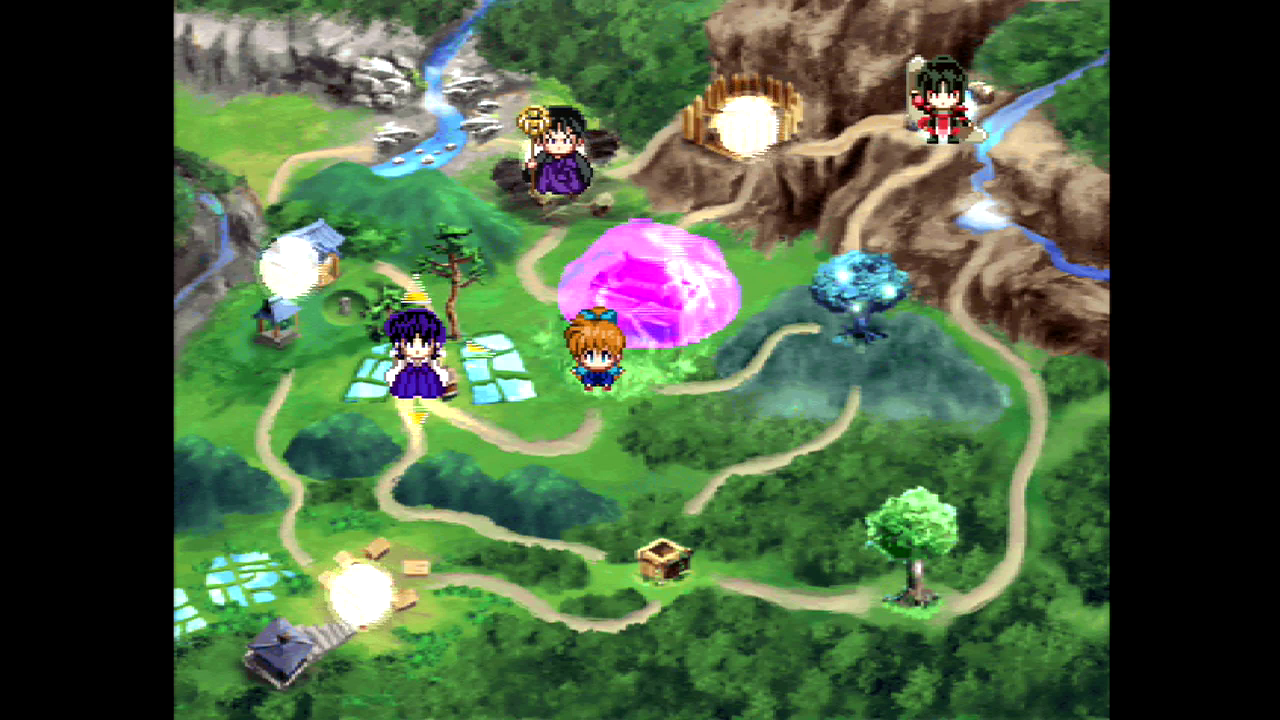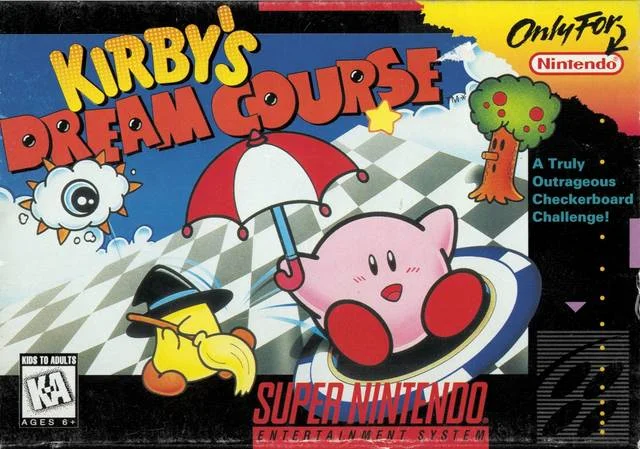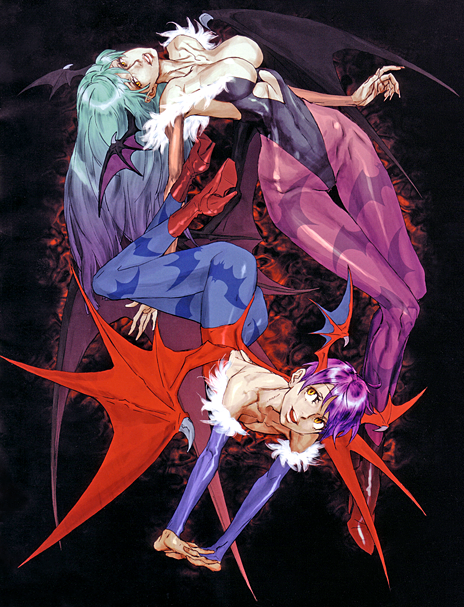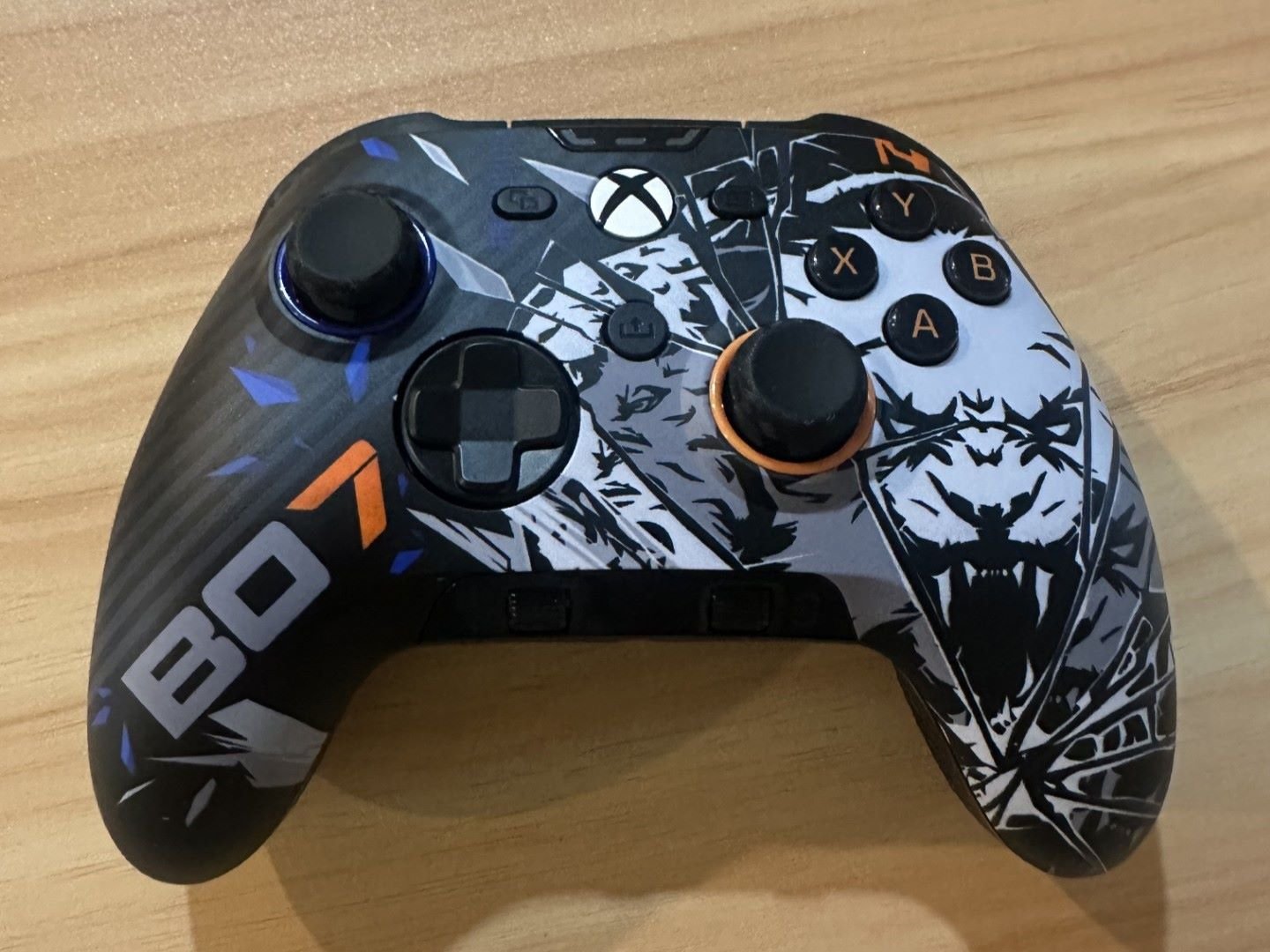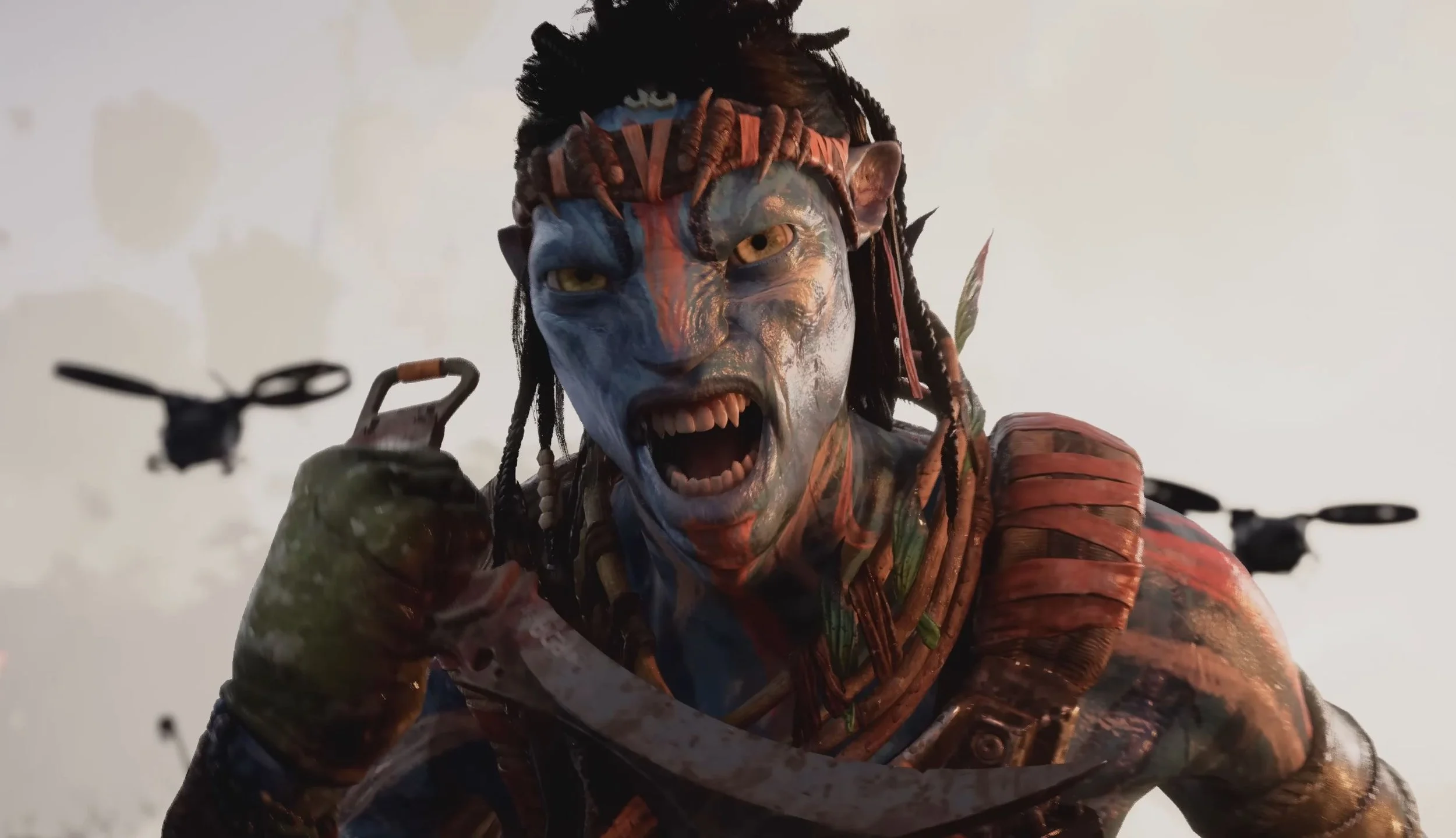Urusei Yatsura, Ranma 1/2, Maison Ikkoku… I’m a pretty big Rumiko Takahashi fan in general, and Inuyasha is no exception. Inuyasha is easily her most popular work internationally, with the manga still appearing on bookstore shelves. The English dub of the anime lasted more than twelve years on TV, and as of this moment, it’s currently streaming on Hulu (with the first 50-something episodes on Netflix and Showtime).
For those not in the know, Inuyasha is a melodramatic shonen manga/anime series about an anti-social half-human half-youkai from the Warring States Era of Japanese history who reluctantly teams up with a bratty 1990s Japanese schoolgirl to fix a jewel that’s wanted by a nefarious bad guy to be all-powerful and stuff. They make some other friends who join them on their unlikely quest; there’s lots of fighting, magic powers, battles with monsters from Japanese mythology… and silly and stupid soap opera drama, like characters not admitting their obvious mutual infatuation with one another.
It seems almost any print or televised media produced in Japan is bound to get some digital translation, and Inuyasha being a shonen anime should, in theory, naturally lend itself to the fighting game format. And so, Dimps and Bandai came up with Inuyasha: A Feudal Fairy Tale for the PS1, a very very late release for the hardware. (For the record, this is not the first Inuyasha game for the PS1, but it is the only Inuyasha fighting game for it.)
This game has a three-button attack system: Light, Heavy, and Special. The inputs and the combos system remind me of Pocket Fighter’s flash combos: L, L, H or L, H, L being examples of basic combos. Characters’ special moves don’t require Street Fighter-style fireballs, dragon punches, and charge motions; it’s all a simple S, S + down, or S + side. Seemingly simple, the game’s counterattack mechanic gives it nuance.
Everyone has their function. Inuyasha himself is basically a shoto. Kagome is a keep-away character. Miroku is a pokey character. Sesshy and Koga are rushdown types. Some characters like Kagura, the wind lady, or Naraku, the main bad guy, have an airdash which gives them a bit of an advantage over the rest of the roster.
I’m not qualified to give everyone tiers, but for the most part, everyone has their own strengths and weakness. Although I’m sorry to say it, Sango is not very good. She has some of the worst recovery animations I’ve ever seen. She’s just too damn slow. I like Sango, but this game doesn’t do her justice.
From my perception, I’d say that Shippo, the little kitsune boy, is the most unexpectedly good character in the game. He has an airdash, with a very simple command; he has a downward air projectile. He can copy the opposing player’s moveset. And he has a small hitbox that only gets bigger when he’s in blockstun. … Play as Shippo.
The one-player mode is a heavily abridged run-through of the characters’ quest to put together all the pieces of the Shikon no Tama.
The production value is a little on the cheap side, if that matters to you; the art is almost entirely bitmap traced production stills from the anime series. The sprite art and animations are great, though. That’s one area that Dimps always puts a lot of effort into.
Inuyasha: A Feudal Fairy Tale for PS1 is a surprisingly decent, easy-to-pick-up anime fighter that’s a bit more than the sum of its parts.
(Myself, my brother and one of our close friends made a video about the game a few years ago)
